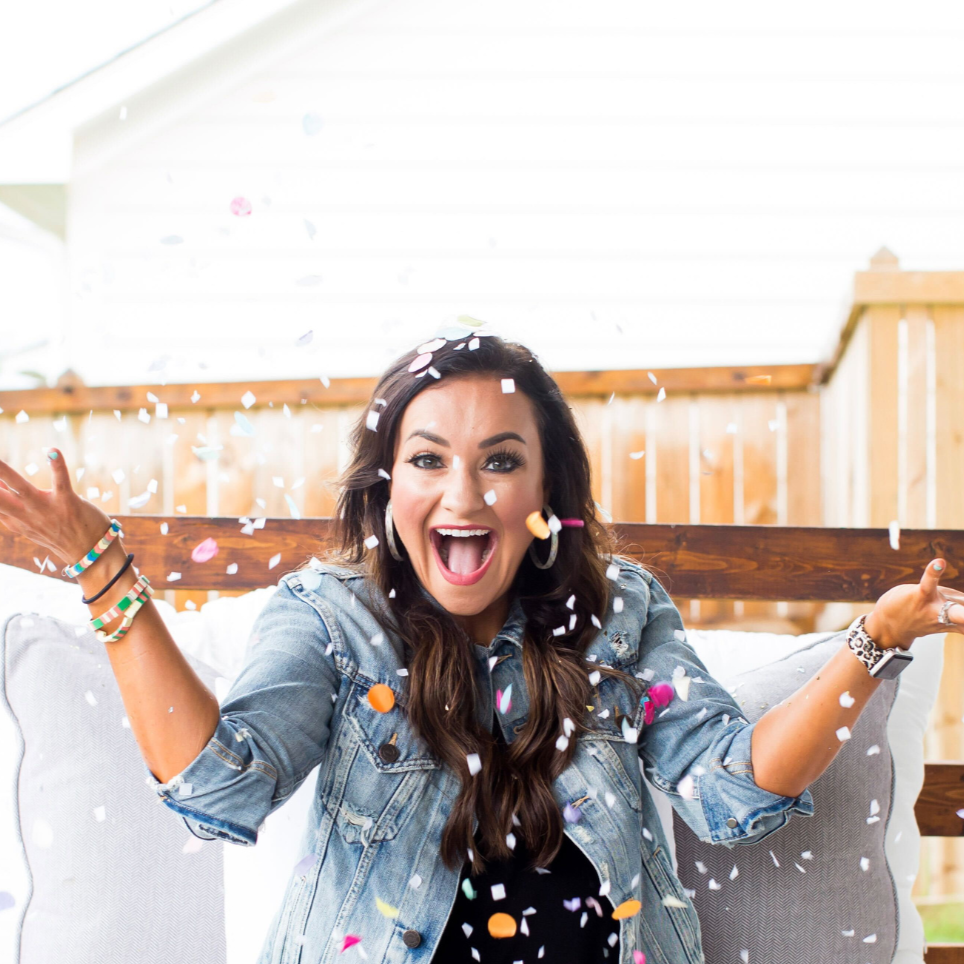
Filed in Email Marketing for E-Commerce — September 22, 2022
Email Sequences Every eCommerce Business Needs
Email marketing is an absolute must-have for e-commerce businesses these days. When talking about “email marketing,” you might be thinking about sending weekly or monthly newsletters to your subscribers. And that’s important! But we’re really talking about setting up automated email sequences for your business.
So, if you’re ready, let’s talk about why email sequences are such a boost for your business.
Why Emails Sequences Are So Important
Did you know that on average, email marketing generates $42 in revenue for every $1 spent? That’s a crazy high ROI!
Email marketing performs so much better than social media marketing because more people see your emails. In fact, the average email click through rate is about 21%, while social media posts are typically only seen by 10% of followers. We’re not here to hate on social media–both marketing channels are crucial for your overall marketing funnel. They need to play well together for you to achieve optimal results.
Automated sequences will help you tap into this source of sales and work to increase conversions for customers at different points in your marketing funnel. Whether your customers are just learning about your brand, buy your products once in a while, or are loyal fans of your business, an email sequence will encourage them to take the next step toward a purchase.
The best part is that once the sequences are set up, it’s mostly a hands-off process–with a bit of updating here and there.
Getting Started
The biggest tip for e-commerce businesses is to invest in Klaviyo if you use Shopify to sell your products. Klaviyo is an email marketing platform that easily integrates with Shopify–plus, it tracks conversions and offers advanced reporting features that some other platforms don’t offer.
This post isn’t sponsored by Klaviyo (if only!), we’re just genuinely impressed with their product!
Need help figuring out which email marketing platform is right for you? This blog has you covered!
Email Sequences You Need
Once you’re ready to get started, there are a few sequences you’ll need to set up, regardless of what type of products you’re selling. While there might be other email sequences unique to your business to add later, these are the core sequences every ecommerce business should start off with.
Welcome Sequence
People joined your email list because of an incentive, so now is the time to deliver. Whatever free resource or discount you provide to encourage people to sign up, make sure it’s easy to access.
Your welcome sequence should be 4-6 emails long, and after you deliver your incentive, it should be an introduction to your brand. Tell about yourself and offer some extra value by sharing favorite products or tips. Remind your audience to use the discount or resource, and set the tone for future emails.
At the end of this sequence, you will add this subscriber to your regular newsletter list.
Ready to dive in? Learn how to write a welcome sequence.
Post-Purchase Sequence
These 2-4 emails should give customers information about their order, provide a reminder about what they purchased, and thank them for supporting your business. If you want, you can also ask the customer to write a review for you.
Chances are, you already have a few post-purchase emails set up on your e-Commerce platform like Shopify. While you should keep having Shopify send order update emails (such as sending them the receipt and letting them know when the product is shipped) you should use Klaviyo for the nurturing emails. Leverage Klaviyo for the emails asking for reviews, and for the personalized thank you for your purchase message.
Abandoned Cart Sequence
The purpose of an abandoned cart sequence is to remind customers that they have un-purchased items in their cart.
This sequence should be short and sweet, with a few brief reminders (usually 2-4 emails). The goal of this sequence is to not only remind them of what they left behind, but to also create urgency to make the purchase. Consider including reviews to the emails to add social proof, or even a discount in the last email of the sequence, depending on the price of the items in the cart. For example, in the final email of the sequence, you can say “We don’t want you to miss out on the items you left in your cart! Use code LASTCHANCE for 10% off the items in your cart!”. We don’t recommend offering the discount until the final email of the sequence. Many shoppers will make the purchase after the first reminder message, without needing a discount to convert.
Abandoned cart messages can increase your chances of making a sale by 63%, which means this sequence is something you don’t want to miss.
Cross-sell/Upsell Sequence
It is much easier and cheaper to sell to existing customers than to convert new prospects to your business–by 70%. That’s why it’s key to send out cross-sell or upsell emails to customers who might be interested in related products, or in more expensive versions of products they’ve already purchased.
First, determine related purchasing categories for the items in your inventory, then integrate them with your email platform. You can include these emails in your abandoned cart sequence, or create an entirely separate sequence if it works for your business model.
For example, if you own a jewelry store and someone purchases a pair of gold earrings, do you have a gold necklace that pairs well with it? In the Post-Purchase sequence, consider adding a Cross-sell email! Suggest a product pairing that goes well with their purchase.
It’s also a good idea to highlight related and relevant products in your regular newsletters to subscribers.
Win-back Sequence
Here, the goal is to re-engage inactive subscribers on your list. If they aren’t interested, you’ll be able to weed out unlikely prospects from your list–which keeps your email list healthy over the long haul.
Your win-back sequence can be sent to subscribers who haven’t purchased from you in three to six months (depending on your product type). This sequence can be between three and six emails and have the goal of re-engaging the subscriber and encourage them to purchase again. You can remind them of the product they bought before, share reviews, recommend products they might like, and offer a discount in the final email to encourage them to buy from you again.
Sunset Sequence
Here, the goal is to remove un-engaged from subscribers from your email list. We don’t want to keep these folks around because they’ll hurt our email marketing data.
We recommend sending this sequence to subscribers who haven’t opened an email from you in 12 months. The email sequence should include at least four emails to give them plenty of chances to be re-engaged.
Similar to the win-back sequence, send out a refresher email reminding them about your brand, then provide a few product recommendations along with testimonials. You can consider giving out a discount, too, to encourage them to return. Finally, send out an email letting them know they’ll be unsubscribed, and let them know how to rejoin if they change their mind.
Writing Email Sequences
Writing email sequences is not for the faint of heart, but it really is worth the effort. It takes time to write the emails, design them in your email marketing system, properly set up the tech, and complete all the integrations with your website.
Start off with a quality email marketing platform, and develop your content from there.
If you’re looking for guidance specific for your business, we suggest booking an email marketing intensive for one-on-one support. This one-hour session is ideal for getting insight into how you can craft your emails to connect with your subscribers, how to set up all the tech, and more.
Best of luck! We promise, this work will pay off.



